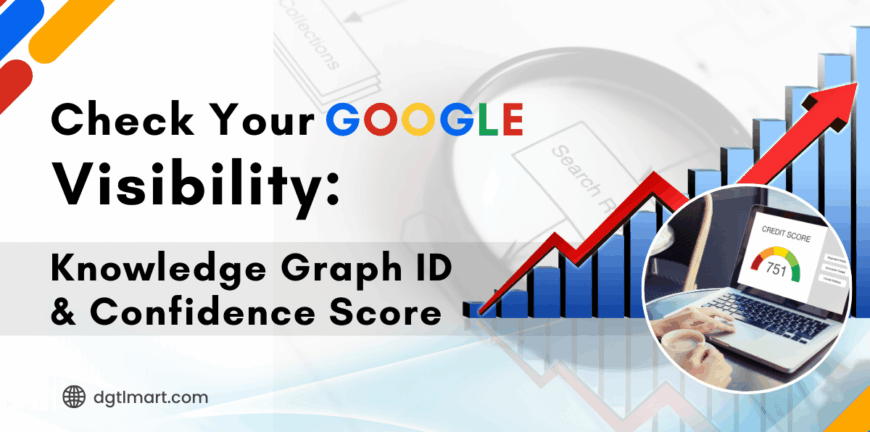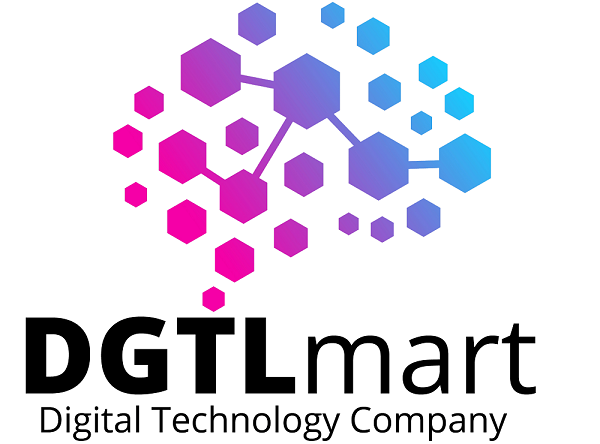
Check Your Google Visibility: Knowledge Graph ID & Confidence Score
Why Google Visibility Defines Your Brand
In today’s digital-first world, Google is the ultimate credibility check. The moment someone hears about your business, they head straight to Google. What they find there often decides whether they trust you, engage with you, or move on to a competitor.
If Google shows a Knowledge Graph panel with your brand name, logo, website, social links, and verified details, you instantly look authoritative. If Google shows nothing but scattered links—or worse, irrelevant results—you risk losing credibility.
This is where Google’s Knowledge Graph and Confidence Score come in. They define how well Google understands your brand, how confidently it connects you to your digital footprint, and how visible you are in the world’s most important search engine.
Our tool helps you instantly check your Knowledge Graph ID and Confidence Score, giving you a clear picture of your brand’s authority on Google.
What is the Google Knowledge Graph?
The Google Knowledge Graph, launched in 2012, is a massive database that connects facts, people, organizations, places, and things. Its purpose is to make search more intelligent by focusing on entities instead of just keywords.
When you search for brands like Tesla, Nike, or Microsoft, you’ll notice a detailed panel on the right-hand side of Google. That’s the Knowledge Graph in action.
It typically includes:
- Brand logo and description
- Official website link
- Social media profiles
- Key facts (founders, headquarters, stock ticker, etc.)
- Images and related entities
For businesses, being listed in the Knowledge Graph means:
- Google recognizes you as a verified entity.
- Customers see trusted and consistent information.
- Your authority and credibility skyrocket.
In short, the Knowledge Graph is like a digital ID card issued by Google to recognized entities.
What is a Confidence Score?
Being included in the Knowledge Graph is important—but it’s not enough. Google also assigns a Confidence Score, which measures how certain it is about your identity.
Think of it as Google’s trust rating.
- High Score (0.80–1.0): Google is almost certain about your identity and connections.
- Medium Score (0.40–0.79): Google recognizes you but still has minor doubts.
- Low Score (below 0.40): Google has weak or conflicting signals, making your brand less visible.
The higher your score, the stronger your Google visibility and digital reputation.
Why Your Knowledge Graph ID & Confidence Score Matter
Some business owners ask, “If I already rank on Google, why should I care about Knowledge Graph?”
Here’s why it’s crucial:
- Instant Authority – A Knowledge Graph panel acts like an official stamp of authenticity.
- Search Visibility Boost – Entities with strong confidence scores are more likely to appear in featured snippets, voice search, and Google Discover.
- Competitive Advantage – If your competitor has a panel and you don’t, they look more credible.
- Brand Protection – Your verified panel reduces misinformation and ensures correct brand details.
- Customer Trust – Customers feel safer engaging with brands that appear verified on Google.
In short, your Google visibility is your online reputation.
Case Studies: How Knowledge Graph Impacts Brands
Tesla – Strong Entity Recognition
Search for Tesla, and you’ll see details about its CEO (Elon Musk), stock info, and related car models. This unified visibility gives Tesla an edge over any unverified auto brand.
Microsoft – Global Consistency
Microsoft’s Knowledge Graph panel provides its headquarters, founding date, and official profiles. It reinforces global trust and avoids confusion with smaller businesses using similar names.
Nike – Unified Branding
Nike’s panel ensures customers across regions see the same consistent brand identity. This reduces brand dilution and builds worldwide recognition.
Local Business Example
A restaurant with a Knowledge Graph panel showing its menu, reviews, and photos receives far more bookings than one with only a plain blue website link.
Personal Brand Example
Authors, coaches, and influencers with Knowledge Graph panels instantly appear more legitimate. Without it, they blend into the noise of search results.
How to Check Your Knowledge Graph ID & Confidence Score
With our tool, the process is simple:
- Enter your brand or business name.
- Instantly get your Knowledge Graph ID.
- View your Confidence Score.
No technical expertise required. You’ll know immediately how Google sees your brand.
Step-by-Step: How to Improve Your Score
If your score is low or your brand doesn’t appear in the Knowledge Graph, here’s what you can do:
1. Ensure Consistency Across Platforms
Your Name, Address, Phone (NAP) must be identical across your website, Google Business Profile, and directories. Inconsistencies confuse Google.
2. Use Schema Markup
Implement structured data on your site:
- Organization schema for logo, socials, and website.
- Person schema for founders or individuals.
- LocalBusiness schema for physical locations.
3. Create or Update Wikidata/Wikipedia Profiles
Google heavily relies on Wikidata and Wikipedia as sources of truth. If eligible, ensure your pages are accurate and regularly updated.
4. Strengthen Social Media Connections
- Link all socials from your website.
- Keep branding (logos, descriptions) consistent.
- Get verified where possible.
5. Build High-Authority Mentions
Earn backlinks and mentions from trusted sources like industry publications, PR articles, and business directories.
6. Claim and Optimize Google Business Profile
For local businesses, this is a must. Add photos, hours, reviews, and links to your website and socials.
7. Publish Authoritative Content Regularly
Consistent blogging, guest posting, and interviews mentioning your brand strengthen your digital footprint.
Common Myths About Knowledge Graph
❌ Myth: Only big brands can appear in the Knowledge Graph.
✅ Fact: Even local businesses and individuals can be recognized with consistent optimization.
❌ Myth: Running ads increases your Confidence Score.
✅ Fact: Ads don’t affect entity recognition. Only organic signals matter.
❌ Myth: Once you’re in, you stay forever.
✅ Fact: Inactive or inconsistent brands can lose visibility.
The SEO Connection: From Keywords to Entities
Traditional SEO revolved around keywords (“best marketing agency in India”).
Today, Google focuses on entities (“DGTLmart, a digital transformation company”).
Entity-based SEO benefits include:
- Higher chances of being included in featured snippets.
- Better performance in semantic and conversational searches.
- Visibility in voice search answers.
By strengthening your Knowledge Graph presence, you’re future-proofing your SEO.
Checklist to Strengthen Your Confidence Score
- ✅ Consistent branding across website & socials
- ✅ Correct schema markup implemented
- ✅ Wikidata/Wikipedia presence
- ✅ PR mentions from authority sites
- ✅ Optimized Google Business Profile
- ✅ Regular content publishing
- ✅ Verified social accounts
The Future: AI, Google SGE & Entity-First Search
Google is moving toward an AI-driven search experience through Search Generative Experience (SGE).
In this future:
- Verified entities will be prioritized in AI-generated answers.
- Confidence Scores will act as filters for credibility.
- AI will favor structured, entity-based information over plain keywords.
Brands without Knowledge Graph recognition risk becoming invisible in AI-powered search results.
Conclusion: Take Control of Your Digital Reputation
Your Google visibility is your reputation. If customers see a verified Knowledge Graph panel with your details, you build trust instantly. If not, you risk losing authority—even if your products or services are great.
With our tool, you can:
- Instantly check your Knowledge Graph ID
- Measure your Confidence Score
- Understand how Google recognizes your brand
🚀 Try it today and take the first step toward building unstoppable brand authority on Google.

